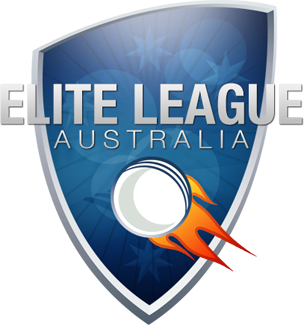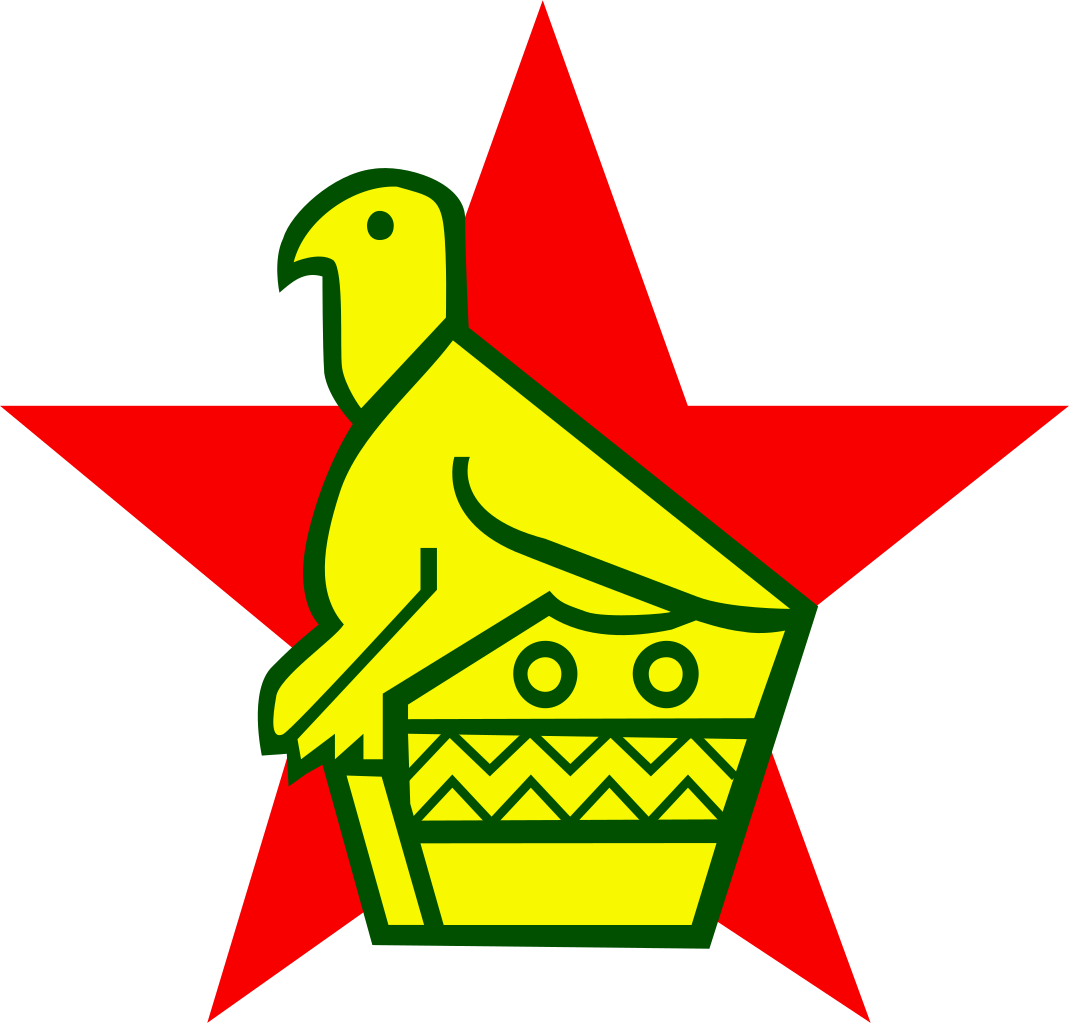Will post some more comments tomorrow, but for now a quick post before the cricket starts 
#25 - Saeed Anwar


Role: LH opening batsman.
Debut: vs West Indies, Perth, 1989.
Matches: 247
Runs: 8824
Avg: 39.21
S/R: 80.67
Legacy: One of the first truly attacking openers to hit the scene, Anwar loved to cut and pull - and play a lot of shots actually . A pretty attractive player too particularly vs spin I thought, where he liked to use his feet.
. A pretty attractive player too particularly vs spin I thought, where he liked to use his feet.
A great match winner for Pakistan, making 20 ODI 100s and winning 28 Man of the Match awards over his career (10th most of all-time). He also has one of the best 'MOTM-to-games played' ratios in history. By comparison, Waqar Younis only won 14 awards over almost exactly the same span in the same side, 1989-2003.
All these numbers came despite having a wide selection of opening partners over his career. His most frequent partners were Aamer Sohail and Shahid Afridi, but he also spent time opening with Rameez Raja, Imran Nazir, Saleem Elahi and a few others as Pakistan constantly searched for a decent partner for him.
Saeed Anwar's 194 vs India in 1997 was the highest score in ODI cricket for 13 years, until beaten by the Little Master's 200. Also shares the record for most consecutive 100s: 3, with Zaheer Abbas, Herschelle Gibbs and AB de Villiers.
Three of the best (matches in chronological order):
1) 131 (141) vs West Indies, Sharjah, 1993. Chasing 261, Anwar carried most of the scoring load as the Pakistan order was full of 10s and 20s. Timed the chase perfectly and was out with only 10 runs to get from 15 balls, Pakistan eventually getting there with 6 balls to spare.
2) 194 (146) vs India, Chennai, 1997. Just a small matter of a world record score... Pakistan made 327, Anwar out in the 47th over, when 200 was easily within reach. Used a runner for most of the innings, which led to him relying on boundaries a bit more than usual. Anil Kumble copped it in one over, Anwar taking him for 26 (226664). Dravid made a 100 in the chase, but India were eventually bowled out 35 runs short.
3) 113* (148) vs New Zealand, Manchester, 1999. World Cup semi-final and Pakistan needed 242 to qualify for the final vs Australia. They made 194 of them for the 1st wicket (Anwar and Wajahatullah Wasti), a record World Cup opening partnership at the time. Not one of Anwar's most explosive innings, but an important one, and a smart, generally risk-free one.
Highlights:
#24 - Saqlain Mushtaq


Role: RH off-spinner RH batsman, usually #9 or #10.
Debut: vs Sri Lanka, Gujranwala, 1995.
Matches: 169
Wkts: 288
Avg: 21.78
Econ: 4.29
Legacy: Saqlain is credited with bringing the 'doosra' into world cricket, the ball that spins to leg instead of off. He was able to disguise it pretty well, shuffling to the crease with an awkward looking, but very effective side-on action. Was a classical spinner in the sense that he flighted the ball a lot and bowled a tempting length, rather than just firing the ball in quickly like some modern spinners.
Had an astonishing start to his career. In just over 2 years (sep 95-jan 98), Saqlain had taken 155 wickets in 79 ODIs, averaging only 19.12. He still holds the record for shortest time needed to take 100, 150, 200 and 250 ODI wickets, both in terms of matches played and years taken. Took 2 ODI hat-tricks, both vs Zimbabwe (Peshawar, 1996 & The Oval, 1999).
About the only weakness to be found in Saqlain's imposing record, is the amount of 'cheap' wickets he picked up. 32.3% of Saqlain's wickets were batsmen 8-11. By comparison, Warne has 20.5%, Murali has 24.2%, Harbhajan 12.7%, Vettori and Kumble both 18.1%. It's hard to criticise Saqlain too much though: he played with such a potent fast bowling group that the only wickets he could pick up were the scraps that were left over! Another reason for those lower order wickets was that Saqlain was often a death bowler for Pakistan because of he was a difficult bowler for batsmen to really attack.
His last ODI was in 2003, at the age of only 26! Some said he relied on the doosra too much towards the end of his career, particularly in Test cricket. It was perhaps this over-reliance that lead to Saqlain's early demise.
Three of the best (matches in chronological order):
1) 5/29 (8.5) vs Australia, Adelaide, 1996. Australia collapsed hard chasing 224 to win. They were 4/174 when Wasim Akram bowled Bevan, then Saqlain stepped in and flummoxed the lower order and tail to bowl Australia out for 211. He dismissed Steve Waugh, Moody, Warne and Healy in just a couple of overs to add to his early wicket of Taylor. The Aussies had no idea about this new 'doosra' and Saqlain had a field day.
2) 4/17 (9) vs West Indies, Sydney, 1997. Very tight bowling from Saqlain and he dismissed Murray, Griffith, Holder and Adams as WI were bowled out for 181. "Near-flawless control" said Wisden. WI lost their last 8 wickets for 25 runs! Pakistan had an easy time in the chase.
3) 5/20 (8) vs England, Rawalpindi, 2000. The deciding match in the Eng-Pak series and Saqlain mesmerised the England batsman. He bowled Hick with a ripper, also getting Trescothick and White before finishing off the tail and England for only 158. These were Saqlain's best figures in ODIs. Pakistan chased 159 comfortably. Side note: Tear gas floated onto the ground during England's innings causing a disruption.
Highlights:

#25 - Saeed Anwar


Role: LH opening batsman.
Debut: vs West Indies, Perth, 1989.
Matches: 247
Runs: 8824
Avg: 39.21
S/R: 80.67
Legacy: One of the first truly attacking openers to hit the scene, Anwar loved to cut and pull - and play a lot of shots actually
 . A pretty attractive player too particularly vs spin I thought, where he liked to use his feet.
. A pretty attractive player too particularly vs spin I thought, where he liked to use his feet.A great match winner for Pakistan, making 20 ODI 100s and winning 28 Man of the Match awards over his career (10th most of all-time). He also has one of the best 'MOTM-to-games played' ratios in history. By comparison, Waqar Younis only won 14 awards over almost exactly the same span in the same side, 1989-2003.
All these numbers came despite having a wide selection of opening partners over his career. His most frequent partners were Aamer Sohail and Shahid Afridi, but he also spent time opening with Rameez Raja, Imran Nazir, Saleem Elahi and a few others as Pakistan constantly searched for a decent partner for him.
Saeed Anwar's 194 vs India in 1997 was the highest score in ODI cricket for 13 years, until beaten by the Little Master's 200. Also shares the record for most consecutive 100s: 3, with Zaheer Abbas, Herschelle Gibbs and AB de Villiers.
Three of the best (matches in chronological order):
1) 131 (141) vs West Indies, Sharjah, 1993. Chasing 261, Anwar carried most of the scoring load as the Pakistan order was full of 10s and 20s. Timed the chase perfectly and was out with only 10 runs to get from 15 balls, Pakistan eventually getting there with 6 balls to spare.
2) 194 (146) vs India, Chennai, 1997. Just a small matter of a world record score... Pakistan made 327, Anwar out in the 47th over, when 200 was easily within reach. Used a runner for most of the innings, which led to him relying on boundaries a bit more than usual. Anil Kumble copped it in one over, Anwar taking him for 26 (226664). Dravid made a 100 in the chase, but India were eventually bowled out 35 runs short.
3) 113* (148) vs New Zealand, Manchester, 1999. World Cup semi-final and Pakistan needed 242 to qualify for the final vs Australia. They made 194 of them for the 1st wicket (Anwar and Wajahatullah Wasti), a record World Cup opening partnership at the time. Not one of Anwar's most explosive innings, but an important one, and a smart, generally risk-free one.
Highlights:
#24 - Saqlain Mushtaq


Role: RH off-spinner RH batsman, usually #9 or #10.
Debut: vs Sri Lanka, Gujranwala, 1995.
Matches: 169
Wkts: 288
Avg: 21.78
Econ: 4.29
Legacy: Saqlain is credited with bringing the 'doosra' into world cricket, the ball that spins to leg instead of off. He was able to disguise it pretty well, shuffling to the crease with an awkward looking, but very effective side-on action. Was a classical spinner in the sense that he flighted the ball a lot and bowled a tempting length, rather than just firing the ball in quickly like some modern spinners.
Had an astonishing start to his career. In just over 2 years (sep 95-jan 98), Saqlain had taken 155 wickets in 79 ODIs, averaging only 19.12. He still holds the record for shortest time needed to take 100, 150, 200 and 250 ODI wickets, both in terms of matches played and years taken. Took 2 ODI hat-tricks, both vs Zimbabwe (Peshawar, 1996 & The Oval, 1999).
About the only weakness to be found in Saqlain's imposing record, is the amount of 'cheap' wickets he picked up. 32.3% of Saqlain's wickets were batsmen 8-11. By comparison, Warne has 20.5%, Murali has 24.2%, Harbhajan 12.7%, Vettori and Kumble both 18.1%. It's hard to criticise Saqlain too much though: he played with such a potent fast bowling group that the only wickets he could pick up were the scraps that were left over! Another reason for those lower order wickets was that Saqlain was often a death bowler for Pakistan because of he was a difficult bowler for batsmen to really attack.
His last ODI was in 2003, at the age of only 26! Some said he relied on the doosra too much towards the end of his career, particularly in Test cricket. It was perhaps this over-reliance that lead to Saqlain's early demise.
Three of the best (matches in chronological order):
1) 5/29 (8.5) vs Australia, Adelaide, 1996. Australia collapsed hard chasing 224 to win. They were 4/174 when Wasim Akram bowled Bevan, then Saqlain stepped in and flummoxed the lower order and tail to bowl Australia out for 211. He dismissed Steve Waugh, Moody, Warne and Healy in just a couple of overs to add to his early wicket of Taylor. The Aussies had no idea about this new 'doosra' and Saqlain had a field day.
2) 4/17 (9) vs West Indies, Sydney, 1997. Very tight bowling from Saqlain and he dismissed Murray, Griffith, Holder and Adams as WI were bowled out for 181. "Near-flawless control" said Wisden. WI lost their last 8 wickets for 25 runs! Pakistan had an easy time in the chase.
3) 5/20 (8) vs England, Rawalpindi, 2000. The deciding match in the Eng-Pak series and Saqlain mesmerised the England batsman. He bowled Hick with a ripper, also getting Trescothick and White before finishing off the tail and England for only 158. These were Saqlain's best figures in ODIs. Pakistan chased 159 comfortably. Side note: Tear gas floated onto the ground during England's innings causing a disruption.
Highlights:
Last edited by a moderator:



 ). He's got a good strike rate - but so most of the others, except maybe Ambrose. The difference is his economy: only Lee has a worse economy than Waqar, and only really because Lee has played in the highest scoring period of ODI cricket history. In the end though I'm glad Waqar ended up ahead of most of that list - fantastic bowler to watch ol' Waqar, and he bought that X-factor that great bowlers need.
). He's got a good strike rate - but so most of the others, except maybe Ambrose. The difference is his economy: only Lee has a worse economy than Waqar, and only really because Lee has played in the highest scoring period of ODI cricket history. In the end though I'm glad Waqar ended up ahead of most of that list - fantastic bowler to watch ol' Waqar, and he bought that X-factor that great bowlers need.
 !
!
 Hoping to get a couple more done tonight, which will leave the best of the best - the top 20! - for when I return. It's no mystery who they are...just look at who isn't underlined in the first post and you'll see who's there
Hoping to get a couple more done tonight, which will leave the best of the best - the top 20! - for when I return. It's no mystery who they are...just look at who isn't underlined in the first post and you'll see who's there 






















 . That is not cool
. That is not cool 



